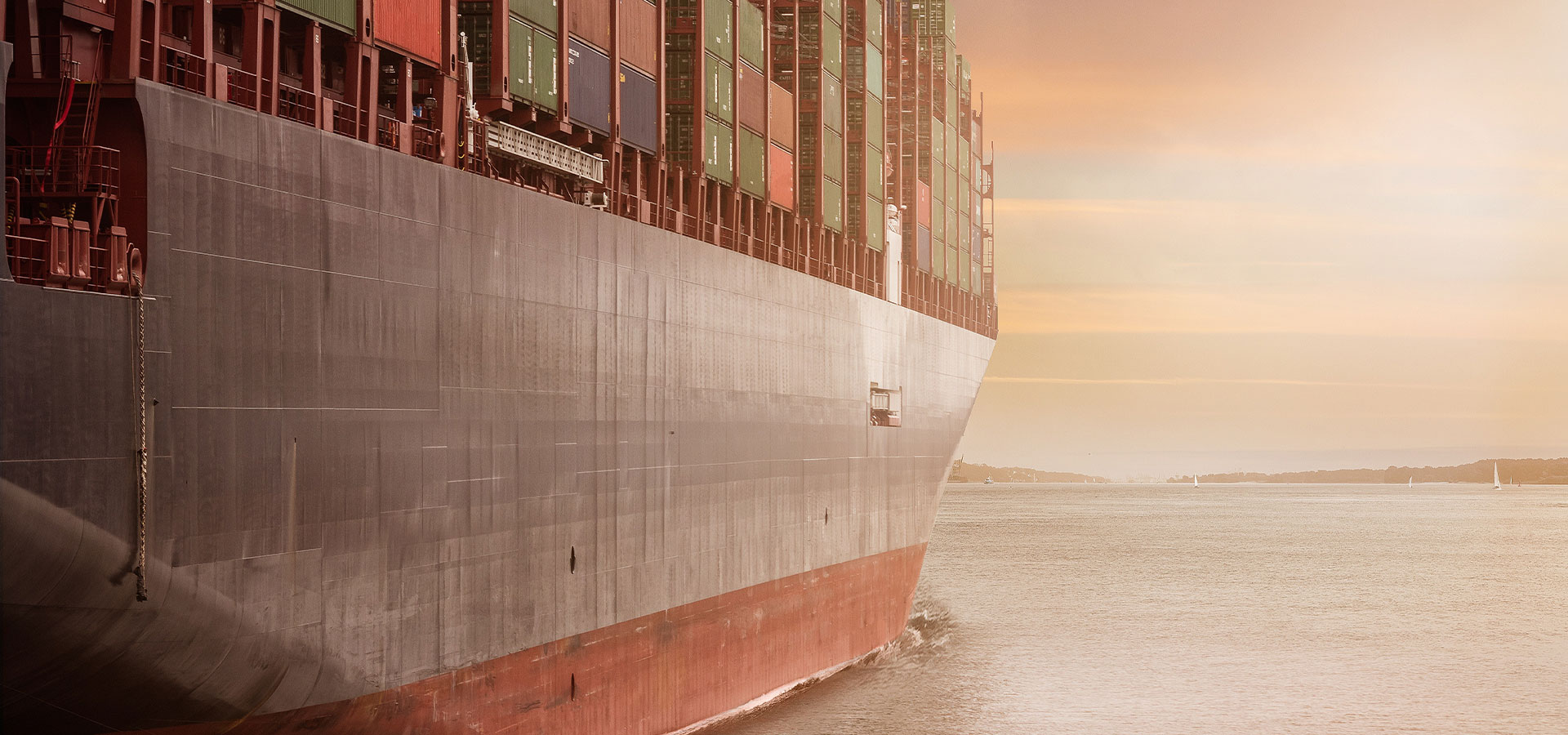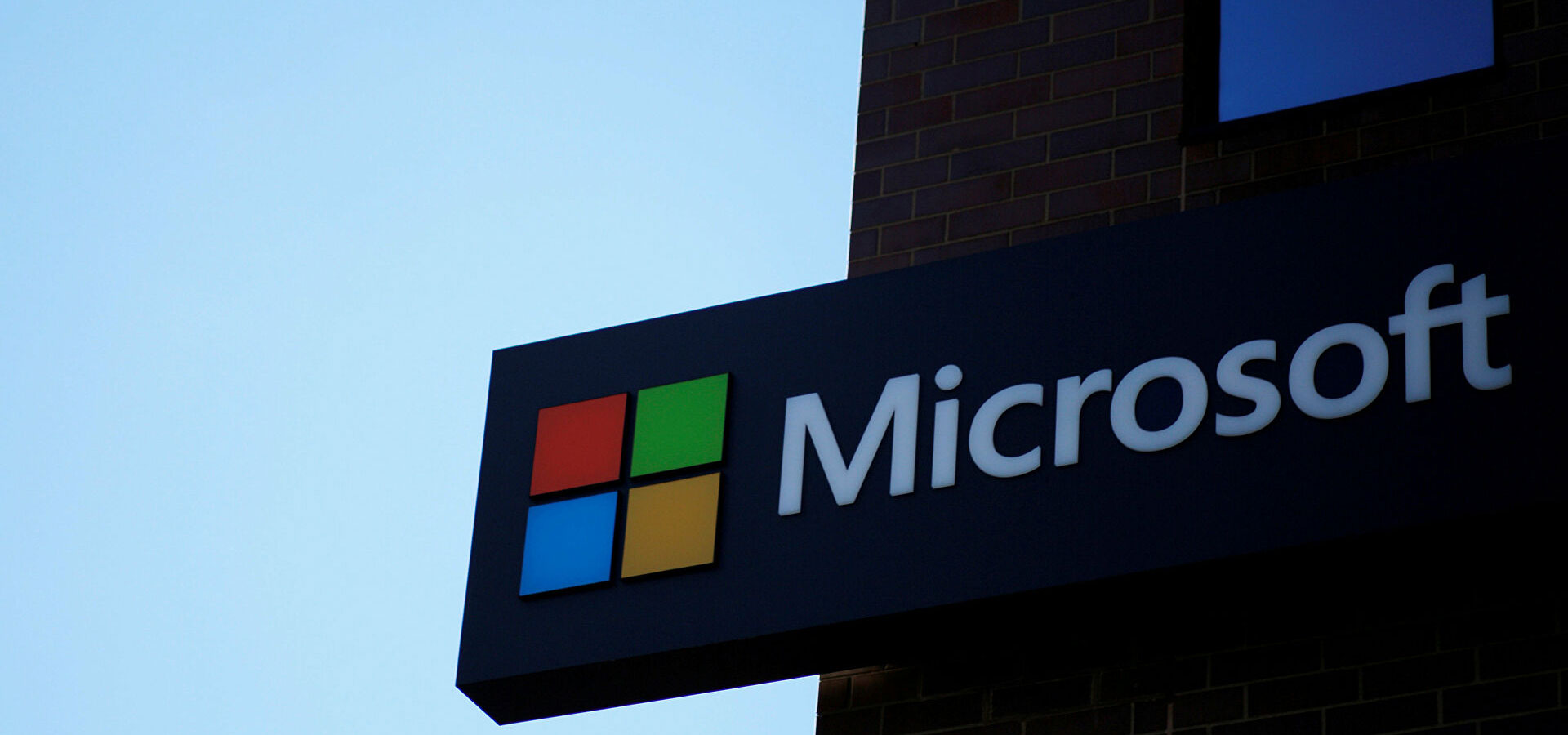
The Supply Chain Needs Better Cybersecurity and Risk Management
The supply chain is under a historic amount of pressure, but the strain on its cybersecurity and risk management may be in even worse condition.
As 2021 draws to a close, the global supply chain is in a state comparable to rush-hour traffic in bad weather. Everything seems to be backed up whether due to supply and demand issues, wait times at shipping ports, or any number of other delays.
If the supply chain is going to have any chance at recovery in the near future, organizations need to address cybersecurity and risk management. This is because cybersecurity and supply chain efficiency are closely intertwined.
Cybercrime and the Supply Chain Crisis
Cybersecurity and risk management have always been vital for the flow of any business. However, the current condition of the global supply chain makes it exceptionally vulnerable to severe damage from an attack more so than usual. When the supply chain is barely getting by, criminals are more likely to assume they have leverage over businesses. A ransomware attacker may be more brazen and exercise higher demands than they might have a few years ago.
The Cyber Pandemic
Most people remember 2020 for the global COVID-19 pandemic. A less noticeable worldwide problem was happening at the same time, affecting every industry and millions of people: the cyber pandemic. When COVID-19 gripped the globe, cybercriminals saw an opportunity to wreak havoc in tandem.
Risk assessments by INTERPOL reported a staggering rise in cyberattacks parallel to the COVID-19 pandemic. The two highest increases in cybercrime were phishing attacks and ransomware. This is no coincidence. These two types of cyberattacks take advantage of the most common circumstances plaguing the global population. People are struggling with fear, uncertainty, and an unprecedented reliance on the internet, creating more opportunities for successful phishing attacks. In fact, the popularity of working from home has been directly linked to a rise in cybercrime.
Similarly, certain industries and businesses have more at risk if their systems were to be compromised such as health care institutions, which accounts for the rise in ransomware attacks. Even after the COVID-19 pandemic subsided somewhat in 2021, cybercrime remained high. This included attacks on critical national infrastructure (CNI) such as the Colonial Pipeline ransomware attack.
Supply Chains Under Surging Demand
At the same time this cyber pandemic took hold in 2020, the global supply chain began experiencing the strain that continues to weigh on it going into 2022. Millions of people started using online shopping as their main, or even only, way of purchasing goods, creating a higher demand for shipping. Additionally, certain industries experienced unprecedented spikes in demand directly in response to the COVID-19 pandemic.
A crucial example of this is the computer parts supply chain. Supply and demand for certain components has never been greater for businesses and consumers alike. Computer enthusiasts are signing up for year-long wait lists to get graphics processors, while car manufacturers are reporting millions of dollars in losses due to chip shortages. Some buyers are even taking the risk of using counterfeit products, like power supplies, to make ends meet. Between online work, at-home entertainment, and manufacturing demand, the computer chip shortage is among the worst cases in the current supply chain crisis.
Cyber Vulnerabilities in the Supply Chain
These factors create an urgent need for stronger security measures in the supply chain. Organizations should start by increasing their risk awareness. It is important to remember that cybersecurity must go far beyond simply installing anti-virus software on company computers. It also needs to occur at every stage of the supply chain with every employee. In the digital era, the line between crime in the real and virtual worlds is severely blurred, so these risks need to be taken just as seriously as any physical security measure would.
The key risks faced by the supply chain occurs at several levels. Industry experts point out that they can happen in the physical world such as access to server rooms or hardware embedded with malicious software. Organizations need to be aware of every third party they interact with throughout the supply chain from contracted maintenance companies to suppliers. Anyone with access to the organization’s network or systems can be a risk.
Tüm tedarikçilerin ve ortakların güvenliği, organizasyonu da doğrudan etkiler. Tedarik zinciri siber saldırılarının şaşırtıcı bir şekilde %66'sı, tedarikçilerin güvenliğine olan güveni istismar etti. Ödeme verilerinin güvenliği ihlal edilirse, bu kuruluşların müşterileri hakkındaki bilgiler de risk altındadır. Tedarikçiler ve kuruluşlar, siber saldırıların ortak hedefi olan tüketici verilerini sona erdirmekten de sorumludur.
Software remains a compelling security risk, especially for organizations operating remotely. Any employee interacting with the company’s data or network needs to have ample security software installed on their devices. Workers’ security knowledge also poses a risk, which is evident in the previously mentioned rise in phishing attacks.
How Organizations Can Manage Risks
The risks and vulnerable state of the global supply chain might make it intimidating to approach risk management. However, security is actually fairly straightforward. Many organizations are simply not aware of the scope of the danger and the actions they can take in response.
The first step is to complete a thorough risk assessment. This analysis should look into every level of the organization, from physical security to the individual cybersecurity of each employee. Additionally, it is important to study the safety measures in place at other levels of the relevant supply chain. Consider contacting suppliers or scheduling a meeting with representatives to discuss security and risk management methods, which everyone will benefit from. The supply chain is only as strong as the link with the weakest cybersecurity and risk management policies.
After thoroughly identifying risks, the next step is to put strong security measures into action. Technology can help cover this ground. For example, artificial intelligence (AI) is a valuable tool for improving resilience within the supply chain especially when it comes to cybersecurity. AI solutions function like 24/7 virtual security guards. They often use pattern recognition and data collection to rapidly identify anything out of the ordinary such as cyber intruders.
Consider implementing a company-wide cybersecurity training program, as well, and make sure all personal devices have updated, reliable security software installed. Many organizations even have a dedicated cybersecurity officer to professionally oversee the implementation of all security strategies.
Staying Secure in the Internet Age
Organizations within the supply chain must take an active, focused approach to cybersecurity to avoid crime-related delays, data breaches, and financial losses. The situation may seem dire, but companies can keep digital attackers from rattling the global supply chain by fortifying their defenses. If cybercrime is the pandemic, advanced security and risk management is the vaccine.
Sign up for the e-mail list to be informed about the developments in the cyber world and to be informed about the weekly newsletter.


